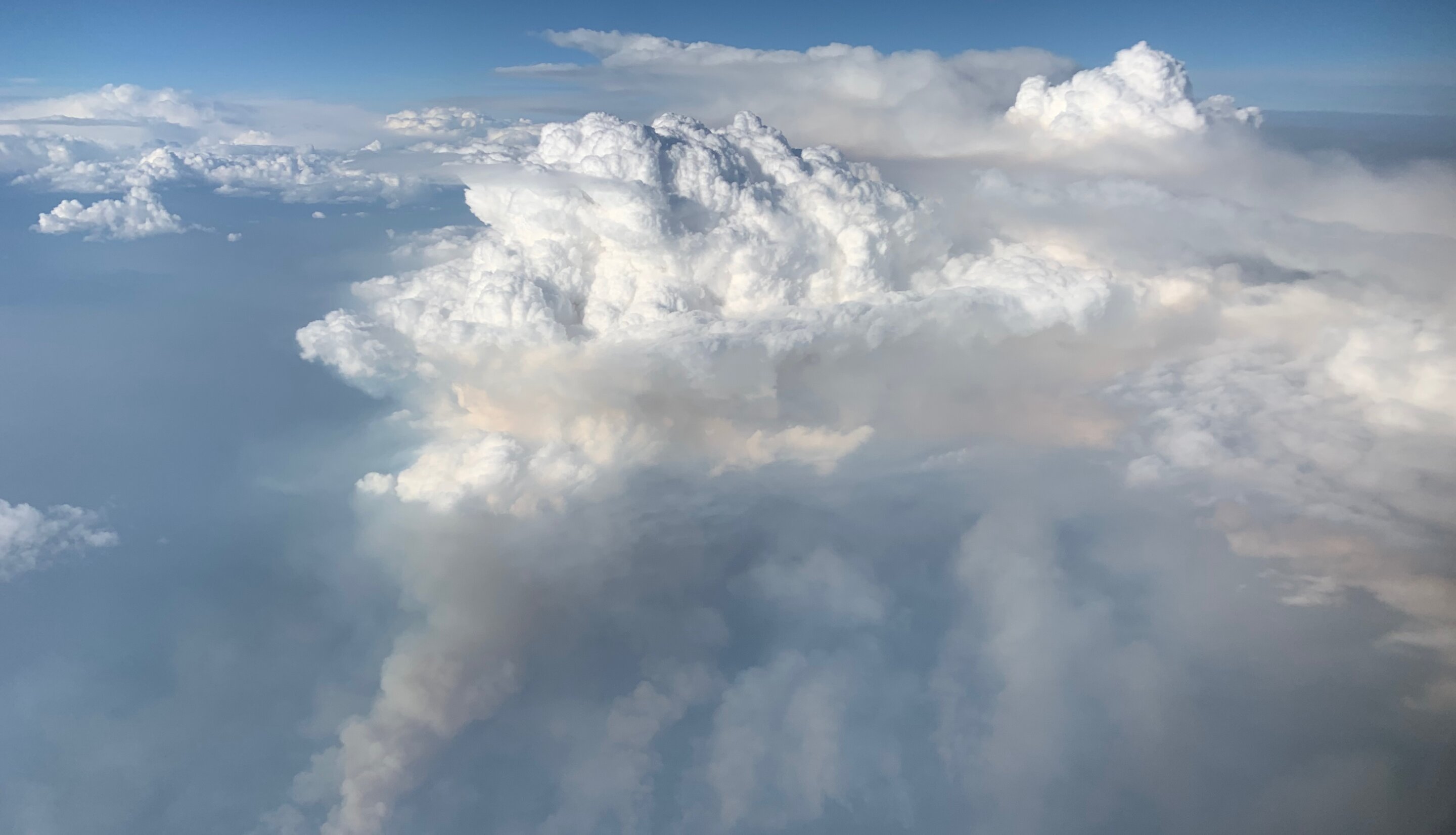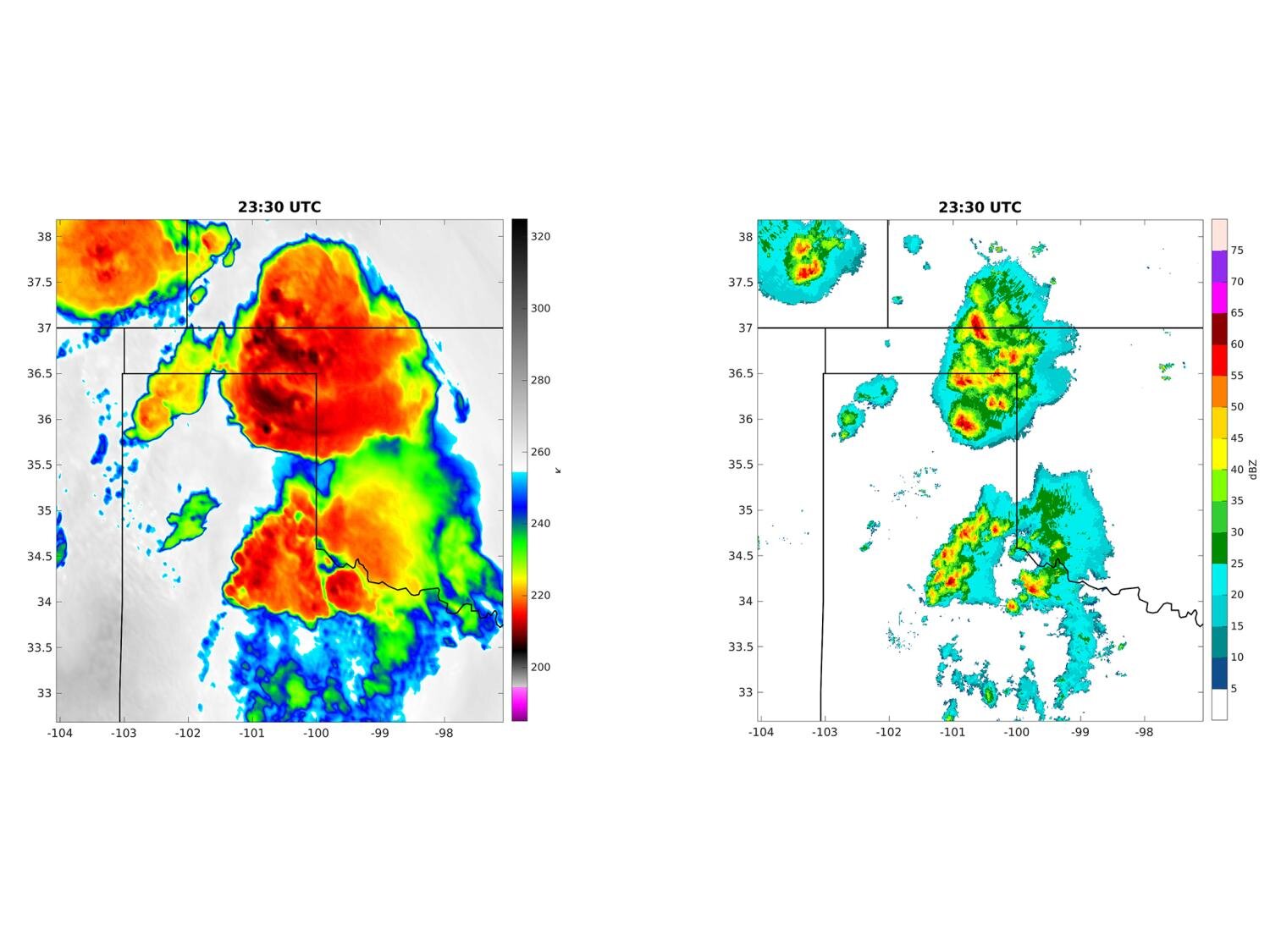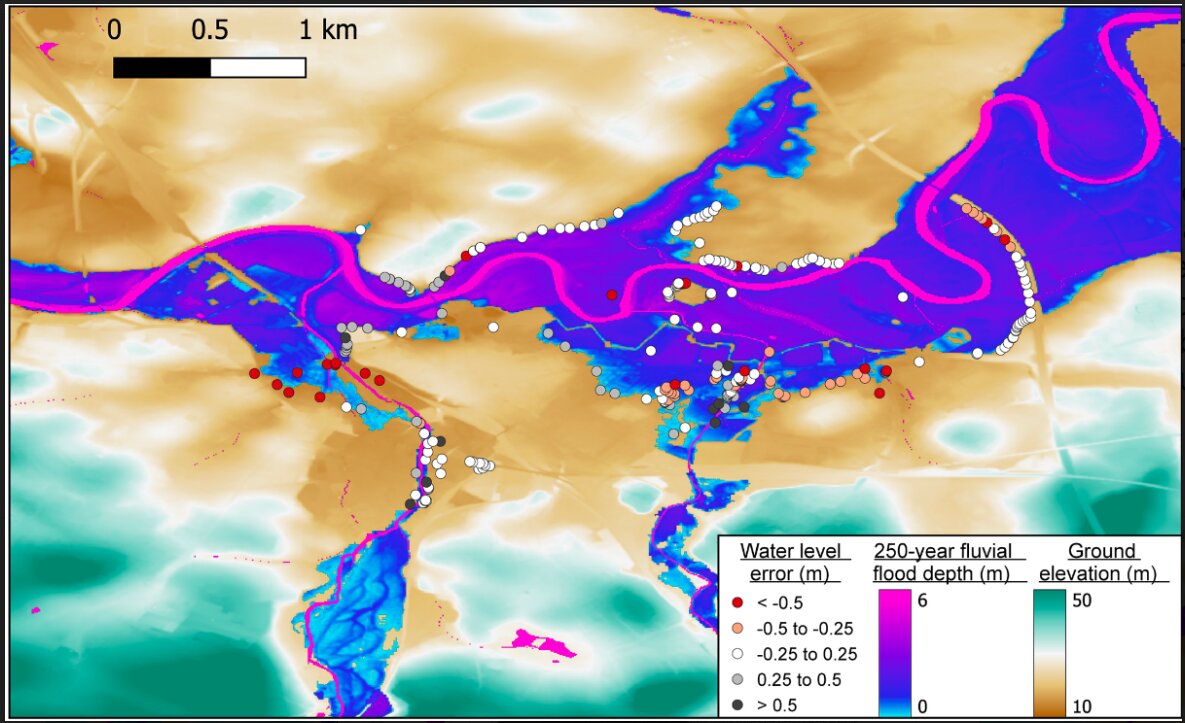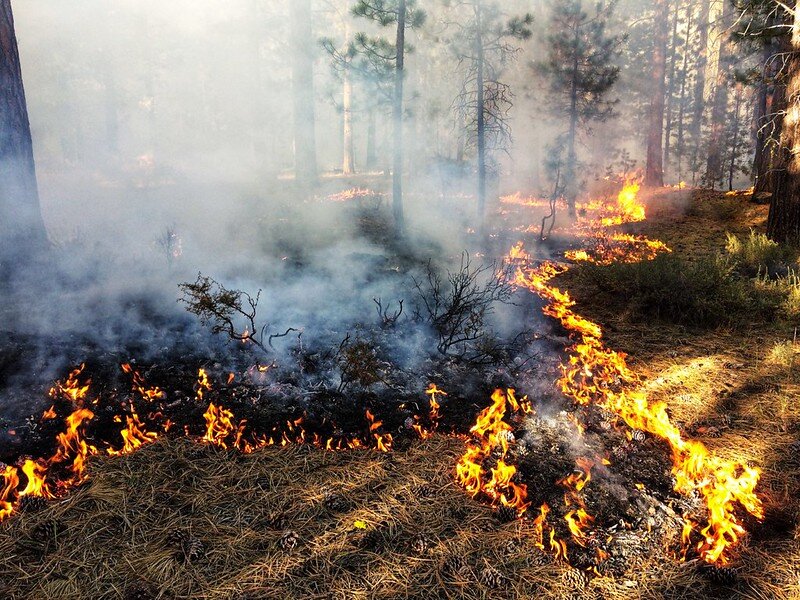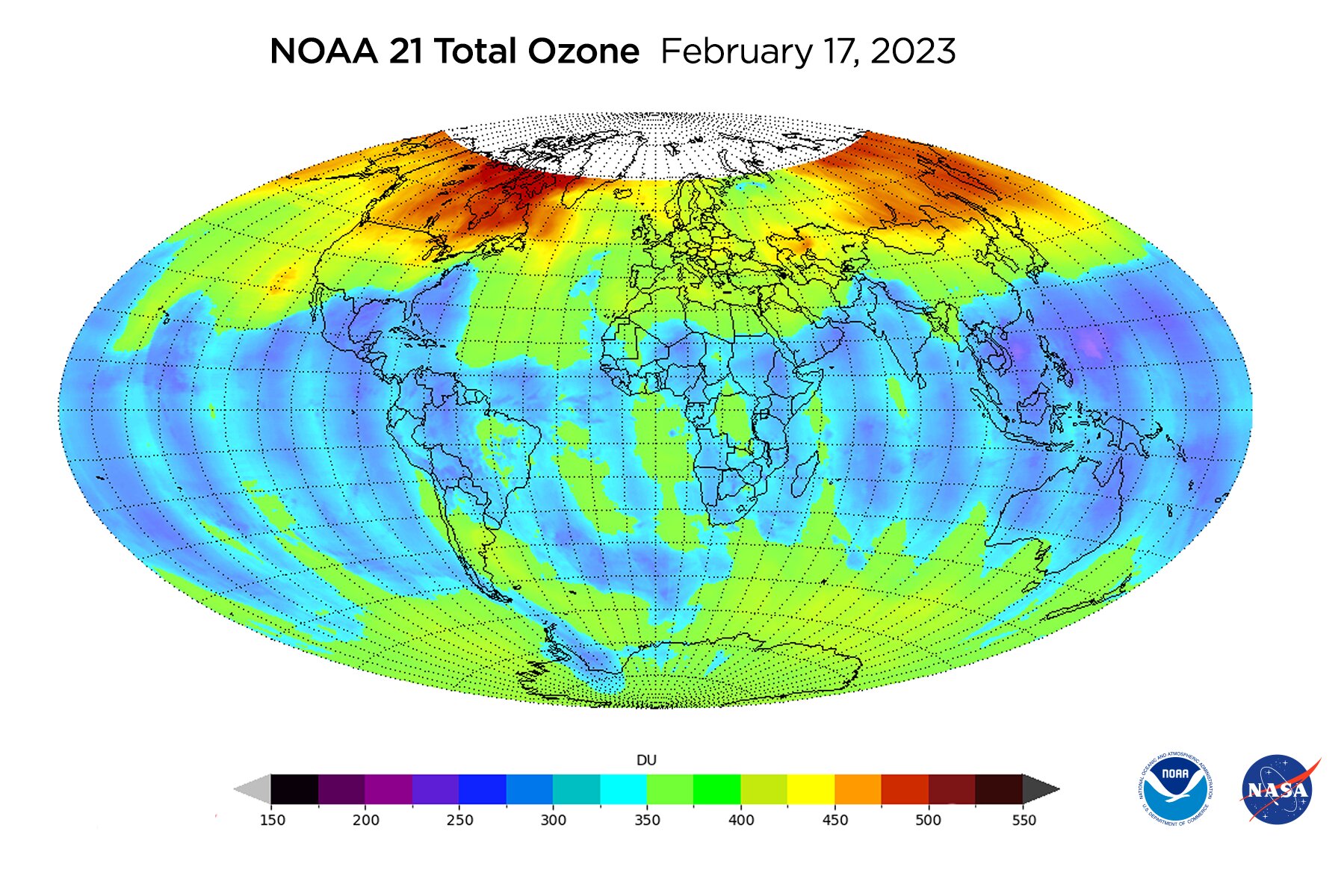rdale
EF5
CIN is a bad thing if you like thunderstorms...
Long-term trends in the historical frequency of environments supportive of atmospheric convection are unclear, and only partially follow the expectations of a warming climate. This uncertainty is driven by the lack of unequivocal changes in the ingredients for severe thunderstorms (i.e. conditional instability, sufficient low-level moisture, initiation mechanism and vertical wind shear). ERA5 hybrid-sigma data allows for superior characterization of thermodynamic parameters including convective inhibition, which is very sensitive to the number of levels in the lower troposphere. Using hourly data we demonstrate that long-term decreases in instability and stronger convective inhibition cause a decline in the frequency of thunderstorm environments over the southern United States, particularly summer. Conversely, increasingly favourable conditions for tornadoes are observed during winter across the Southeast. Over Europe, a pronounced multidecadal increase in low-level moisture has provided positive trends in thunderstorm environments over south, central and north, with decreases over the east due to strengthening convective inhibition. Modest increases in vertical wind shear and storm-relative helicity have been observed over northwestern Europe and the Great Plains. Both continents exhibit negative trends in the fraction of environments with likely convective initiation. This suggests that despite increasing instability, thunderstorms in a warming climate may be less likely to develop due to stronger convective inhibition and lower relative humidity. Decreases in convective initiation and resulting precipitation may have long-term implications for agriculture, water availability and the frequency of severe weather such as large hail and tornadoes. Our results also indicate that trends observed over the United States cannot be assumed to be representative of other continents.
Long-term trends in the historical frequency of environments supportive of atmospheric convection are unclear, and only partially follow the expectations of a warming climate. This uncertainty is driven by the lack of unequivocal changes in the ingredients for severe thunderstorms (i.e. conditional instability, sufficient low-level moisture, initiation mechanism and vertical wind shear). ERA5 hybrid-sigma data allows for superior characterization of thermodynamic parameters including convective inhibition, which is very sensitive to the number of levels in the lower troposphere. Using hourly data we demonstrate that long-term decreases in instability and stronger convective inhibition cause a decline in the frequency of thunderstorm environments over the southern United States, particularly summer. Conversely, increasingly favourable conditions for tornadoes are observed during winter across the Southeast. Over Europe, a pronounced multidecadal increase in low-level moisture has provided positive trends in thunderstorm environments over south, central and north, with decreases over the east due to strengthening convective inhibition. Modest increases in vertical wind shear and storm-relative helicity have been observed over northwestern Europe and the Great Plains. Both continents exhibit negative trends in the fraction of environments with likely convective initiation. This suggests that despite increasing instability, thunderstorms in a warming climate may be less likely to develop due to stronger convective inhibition and lower relative humidity. Decreases in convective initiation and resulting precipitation may have long-term implications for agriculture, water availability and the frequency of severe weather such as large hail and tornadoes. Our results also indicate that trends observed over the United States cannot be assumed to be representative of other continents.



